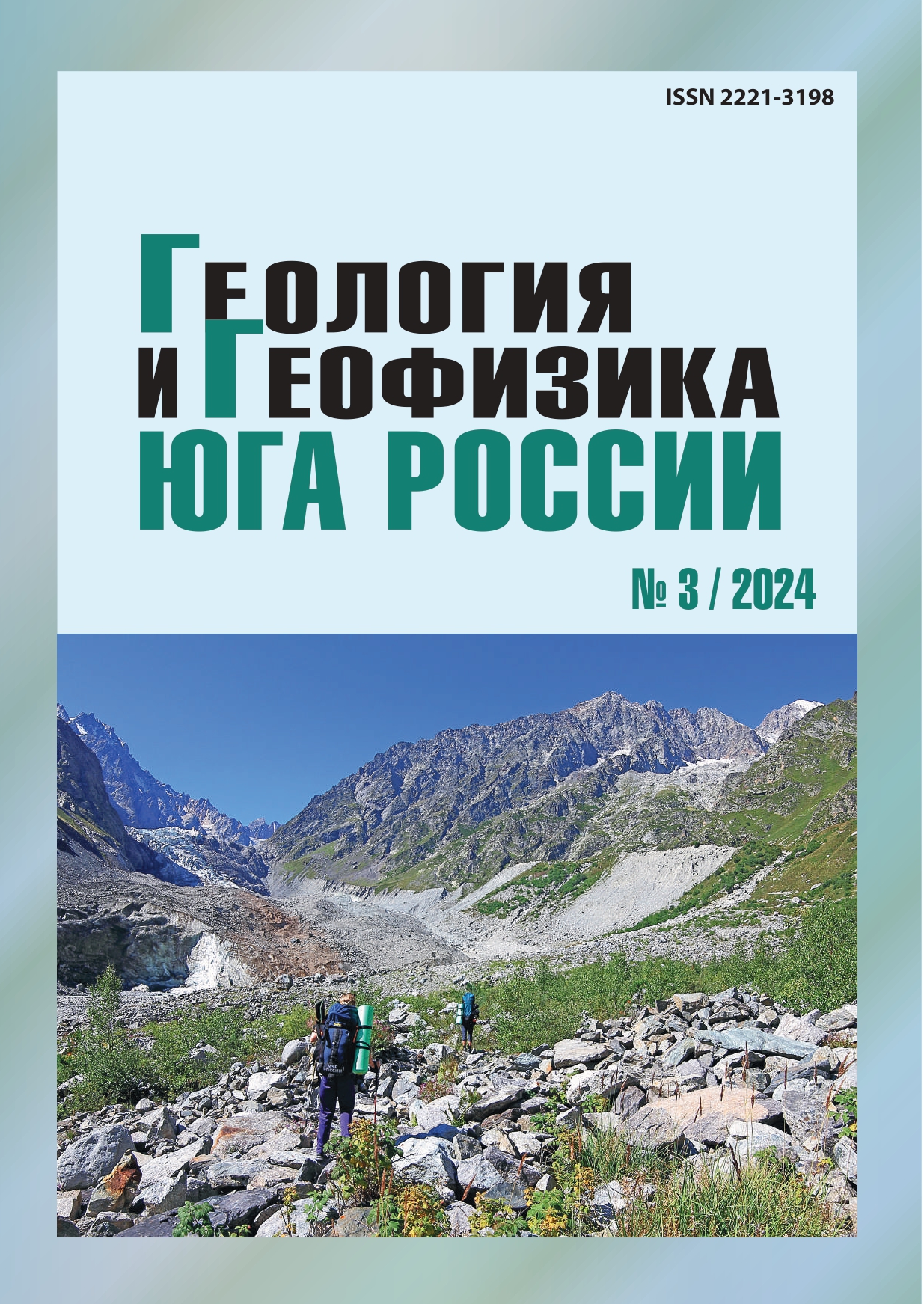Featural analysis, protective capacity, and potential of shallow hydro-geological layers of densely populated residential area, Akwa Ibom State, Southern Nigeria
Abstract
Relevance. Geoelectrical resistivity technology (GRT), together with geological data, was employed to delineate the hydrokinetic characteristics, protective capacity, and groundwater potential of a soughtafter housing development in Southern Nigeria. Aim. The GRT utilized Schlumberger’s 1-D vertical electrical resistivity sounding (VES) and 2-D electrical resistivity tomography (ERT) techniques. Methods. The primary and secondary geoelectric indices were combined with existing geological data to calculate hydrodynamic parameter maps of the shallowest aquifer unit. These maps are crucial for effectively managing the unconfined aquifer system beneath, which is extensively utilized in the area. The study area’s saturation dynamics were determined by analyzing total porosity (ranging from 0.282 to 0.691), specific yield (ranging from 0.040 to 0.107), field capacity/specific retention (ranging from 0.242 to 0.623), and storage-dependent drainability efficiency (ranging from 7.6% to 40.5%). The results indicated that the area experiences the most effective release of pore water when the drainability efficiency, which is reliant on storage, exceeds 21%. The range of potential index parameters, including transmissivity (57.4–4339.2 m2/day), transverse resistance/aquifer potential scale (453.6–152,756.5 Ωm2), permeability (91.7–7269.7 mD), and hydraulic conductivity (57.4–4339.2 m/day), exhibited favorable potential but limited to moderate protection, as indicated by the longitudinal conductance index (0.004–0.6218 Siemens). Given the strong preference of many people to live in this rapidly growing and competitive housing estate, it is important to establish effective waste disposal systems to prevent the leakage and infiltration of harmful substances, such as leachates and other organic/inorganic waste, into the vulnerable underground water sources that provide water for various purposes.


